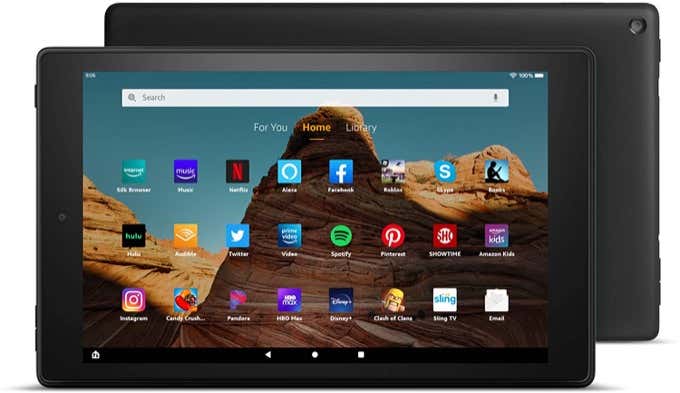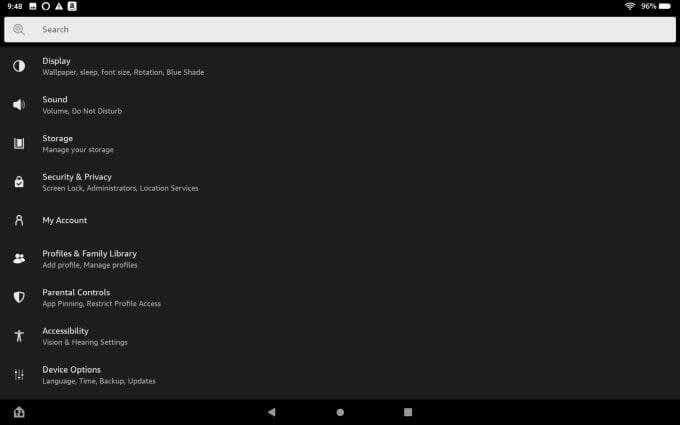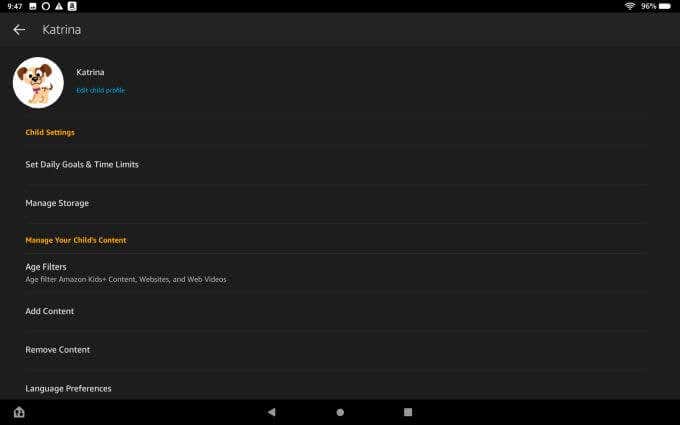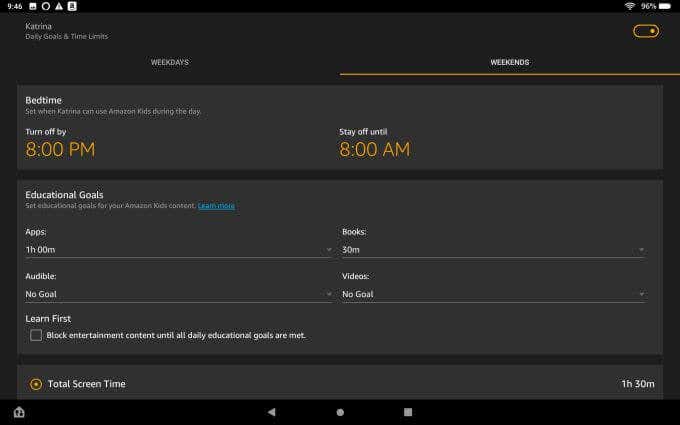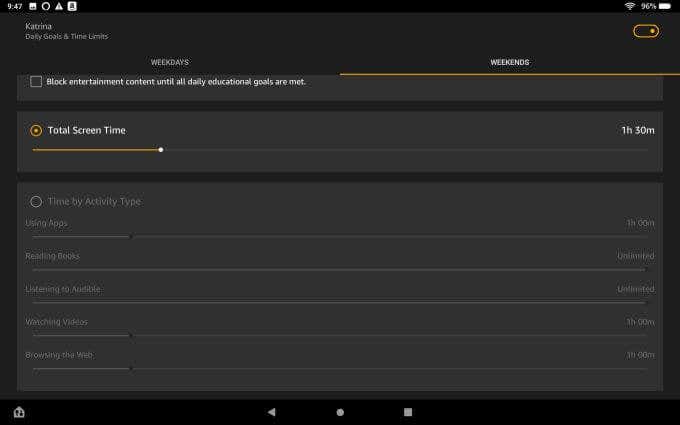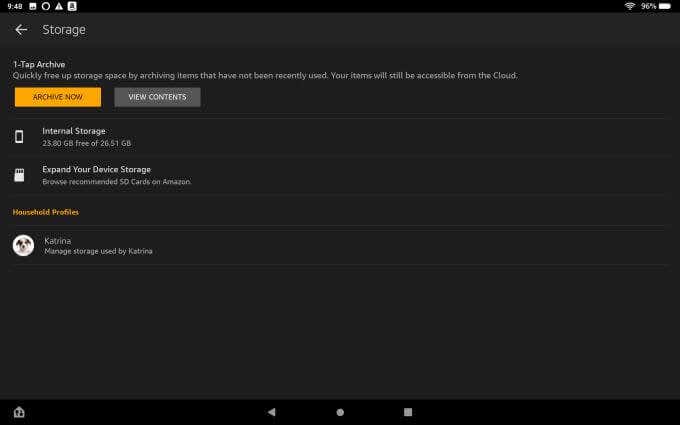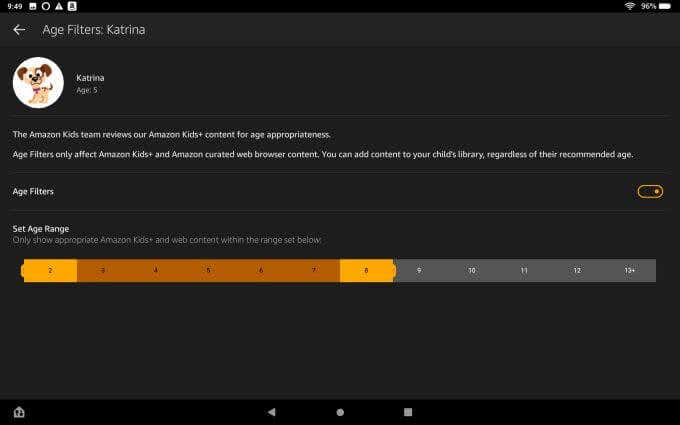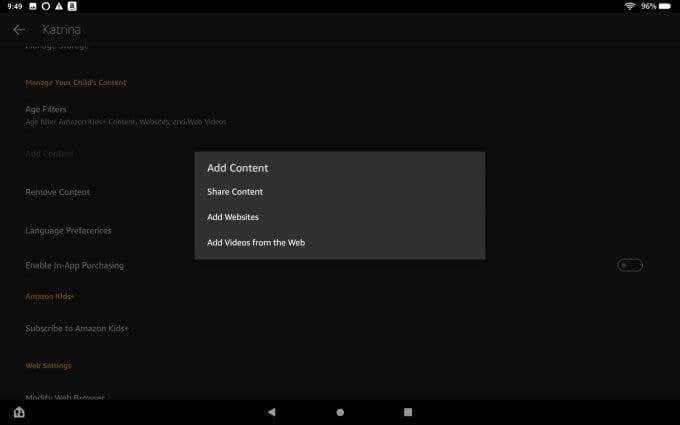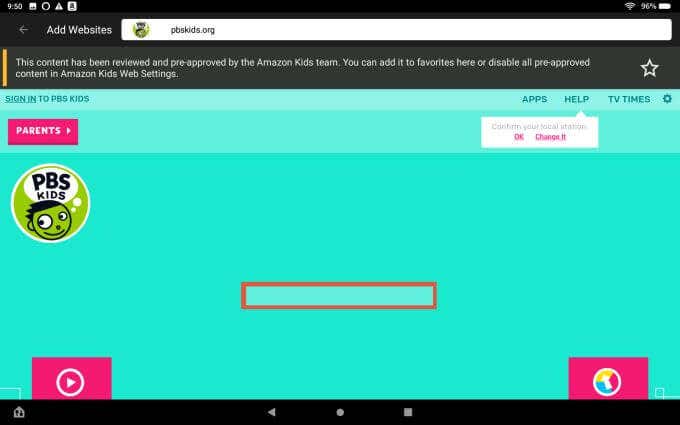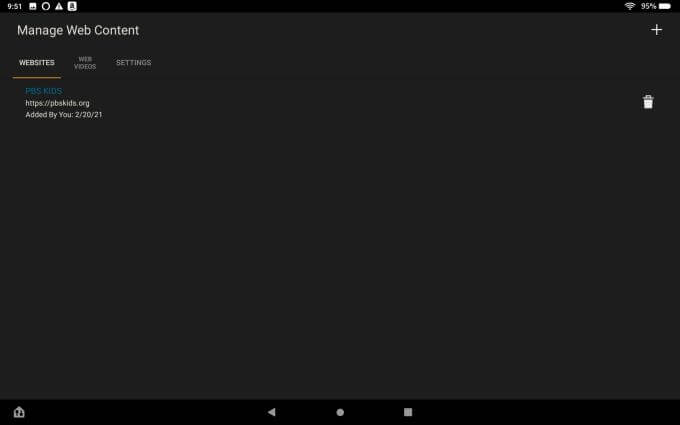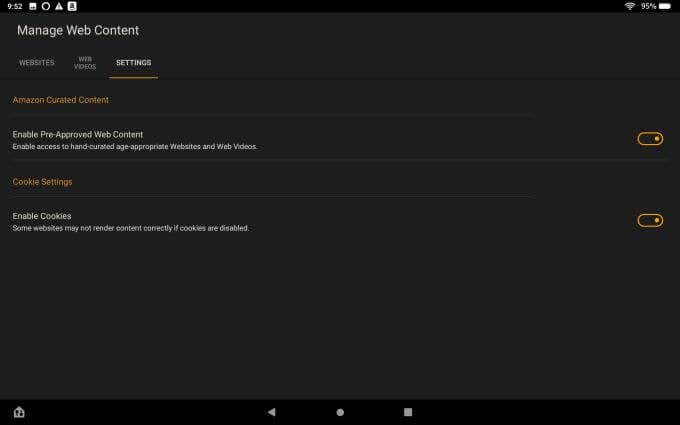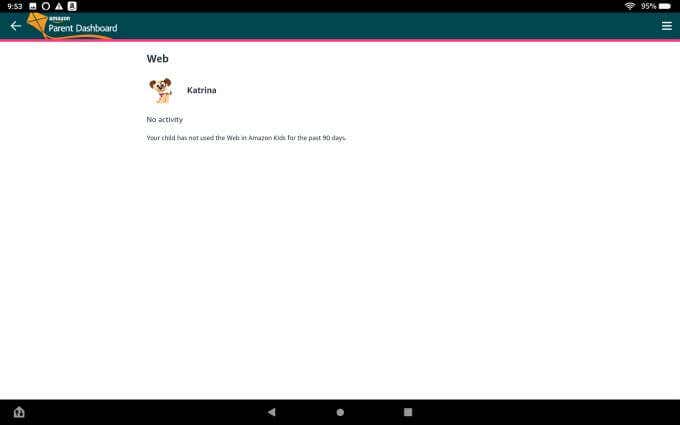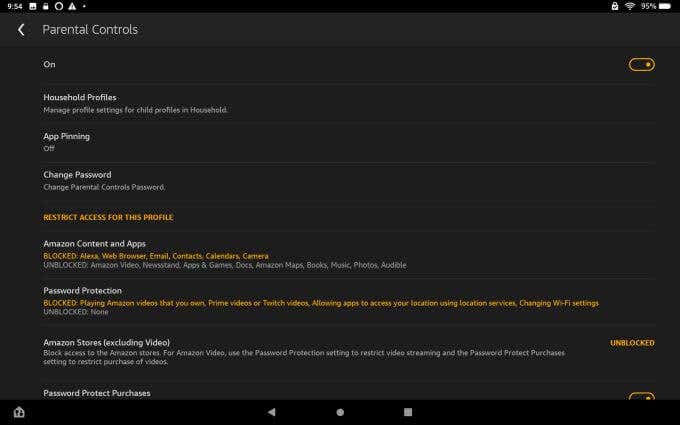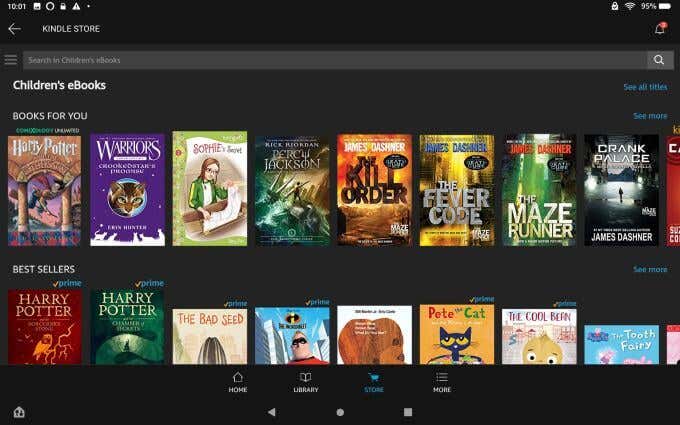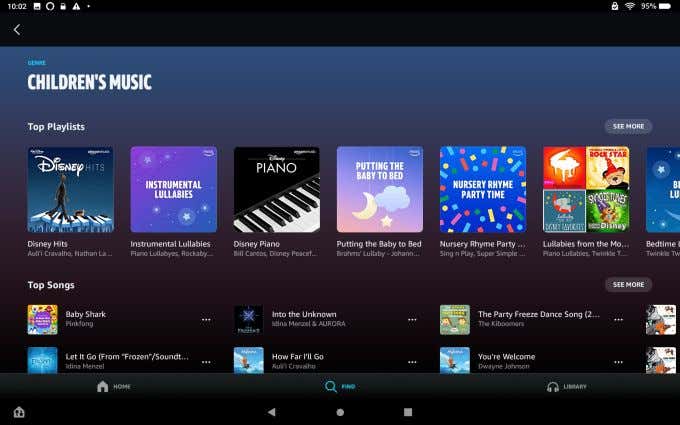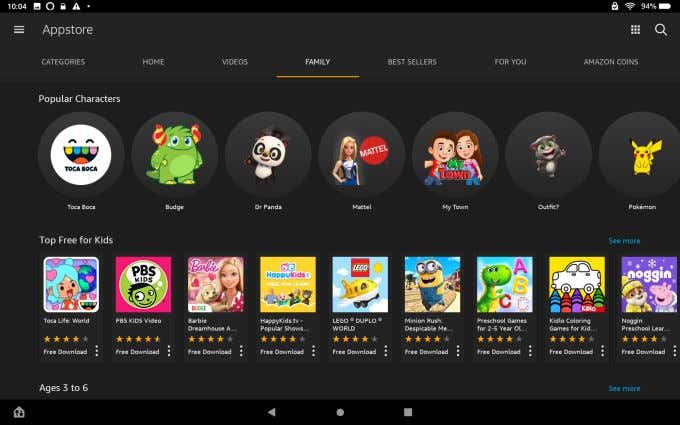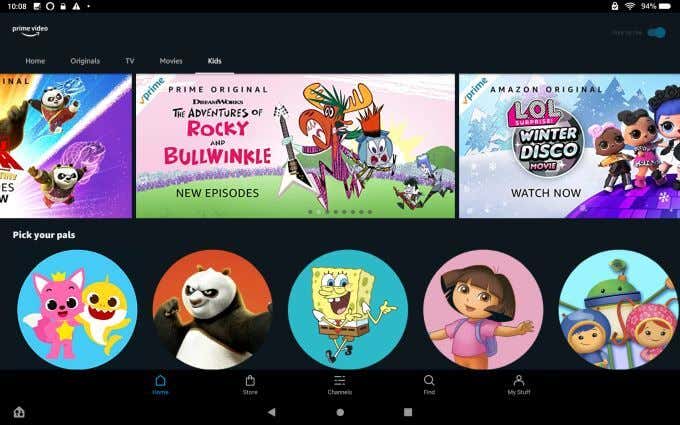That means you’ll find embedded family controls and the ability to create individual accounts for your children. You can closely manage and monitor those accounts so that your kids are only seeing age-appropriate content, and only for the total screen time that you’ve allowed per day. To create new accounts on the device for your children, tap to open the Settings app. In this list there are a couple of menus you’ll need to become familiar with to manage your child’s use of the device. To get started though, tap Profiles & Family Library so you can create your child’s user account. Under the Child Profiles section, tap Add a Child Profile. On the Child Profile page, type your child’s name (first name only), their birthday, and the age appropriate theme. Tap Add Profile when you’re done. Back on the Profile & Family Library page, tap your child’s new profile to start managing it. You’ll see options here to adjust: The most powerful setting on this profile page is the ability to Set Daily Goals & Time Limits. You can also give them educational goals you’d like them to reach each day. You can give them a certain amount of time each day you’d like them to:
Use educational appsRead educational booksListen to educational Audible audiobooksWatch educational videos.
You also have the option to limit Time by Activity Type instead. This gives you more fine-tune controls over:
Using appsReading booksListening to AudibleWatching videosBrowsing the web
Obviously some activities are more productive and educational, so it makes sense to reduce limitations on the activities that serve to improve your child’s development. Back on the profile page, if you tap Manage Storage, you can also keep an eye on what your child is saving to the tablet. Just tap View Contents to see what they’re saving to the device. If they use too much storage, just tap Archive Now to clean things up and clear out memory. Toggle Age Filters to On, and adjust the slider to the appropriate age. It should be set to the age you entered into their original profile. However, some parents are okay with their children seeing content that’s appropriate for children that are a few years older. It depends on the maturity of your child – only you know what’s appropriate for them to see. Since your child can’t install apps without the Parental Controls password, you don’t have to worry about them installing some other browser to get around these controls. Tap Add Content on their profile page to add specific websites or videos that you’re fine with them viewing, even if their age filter would normally block it. Tap Add Websites, and use the search field to find the website and add it as approved content. Another place to fine-tune web content controls is by scrolling down your child’s profile page and tapping Limit Web Content. This will open a window where you can view and edit the sites or videos you’ve added. You can also disable whether your child can visit websites that store cookies. Note: Disabling cookies could severely limit the functionality of websites so limit your use of this feature unless it’s absolutely necessary. Under the Web Settings section of your child’s profile, just tap View Your Child’s Web History to see the Parent Dashboard where you can review any sites or content your child has visited in the past 90 days.
Setting and Adjusting Parental Controls
Back on the Settings menu, select Parental Controls to adjust the devices Parental Controls settings and the password. The first time you visit this section of the Settings menu, you’ll need to set up your new password. It’s important to do this before letting your child use the device for the first time. This password will block installing new apps or changing any device settings without using the Parental Controls password. The Parental Controls menu is where you can: Now that you’ve got the tablet all configured and secured so your child can use it safely and responsibly, what will they be able to do with it? What can kids access on the tablet? For starters, there’s the Children’s eBooks section of the Kindle Store, with age-appropriate children’s books that’ll keep your child’s imagination soaring. Whether they’re just having a sleepover with friends, or relaxing after school, access to age appropriate music is a great way to introduce your child to music appreciation. With Android and iOS devices, or even Windows and Mac computers, you need to install parental control software that’s not always easy to set up and configure.
